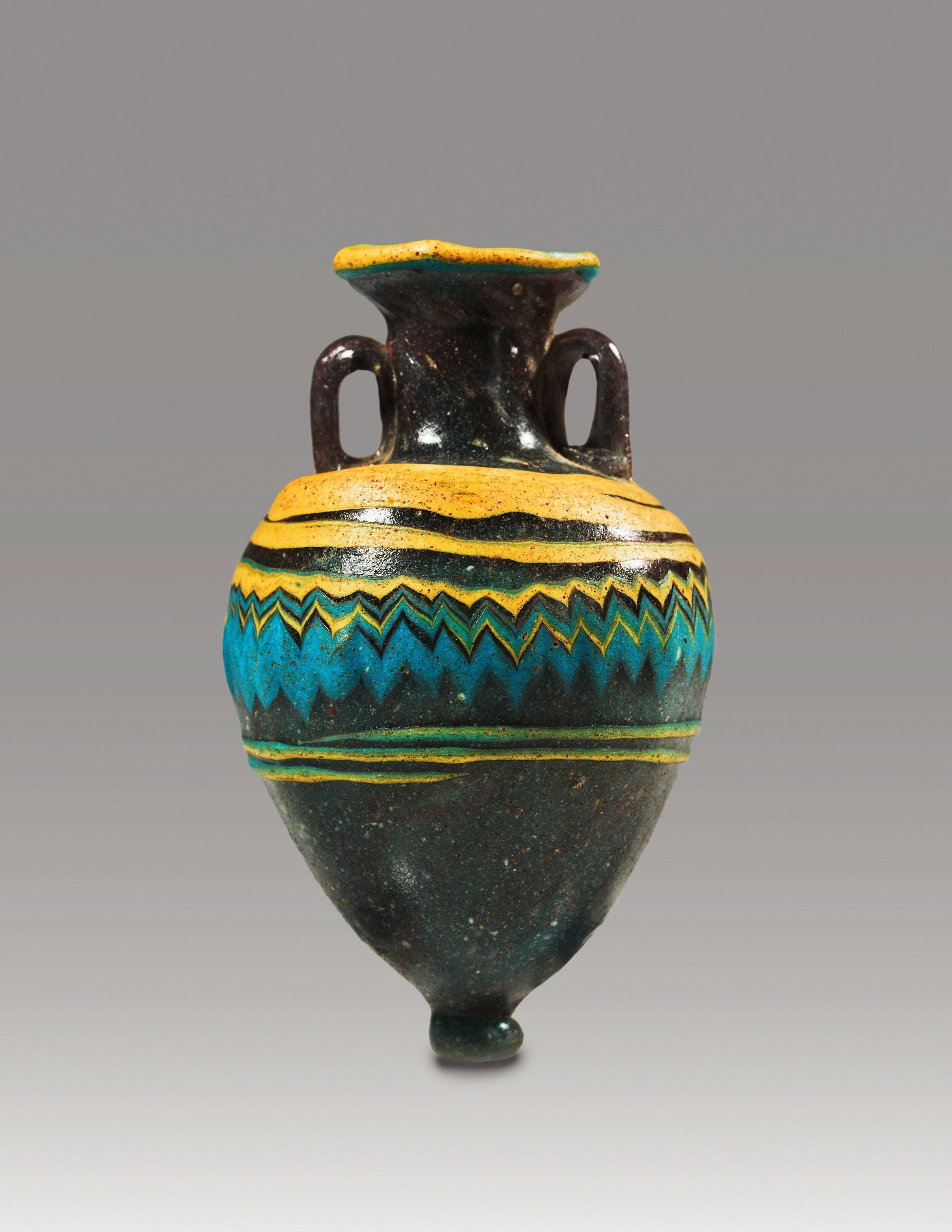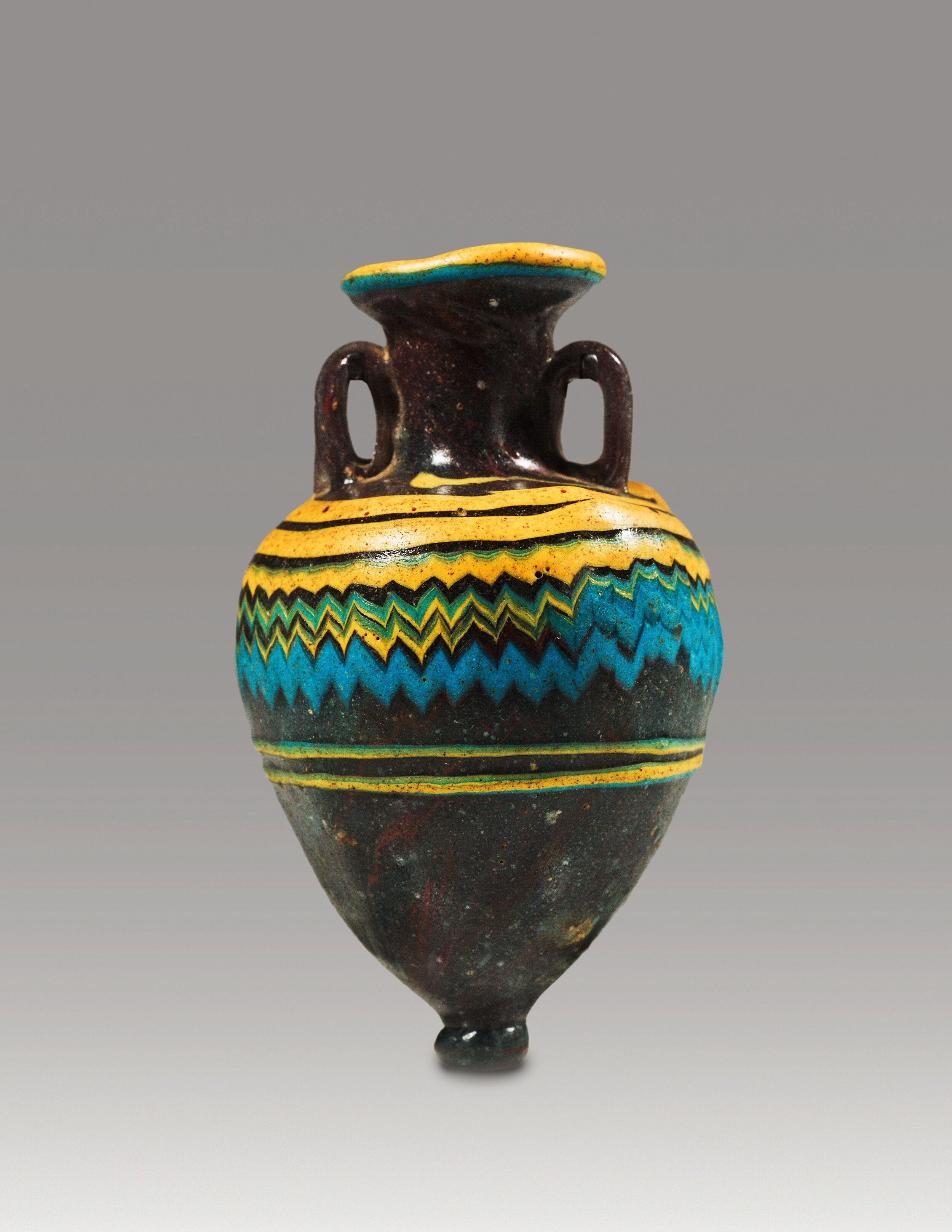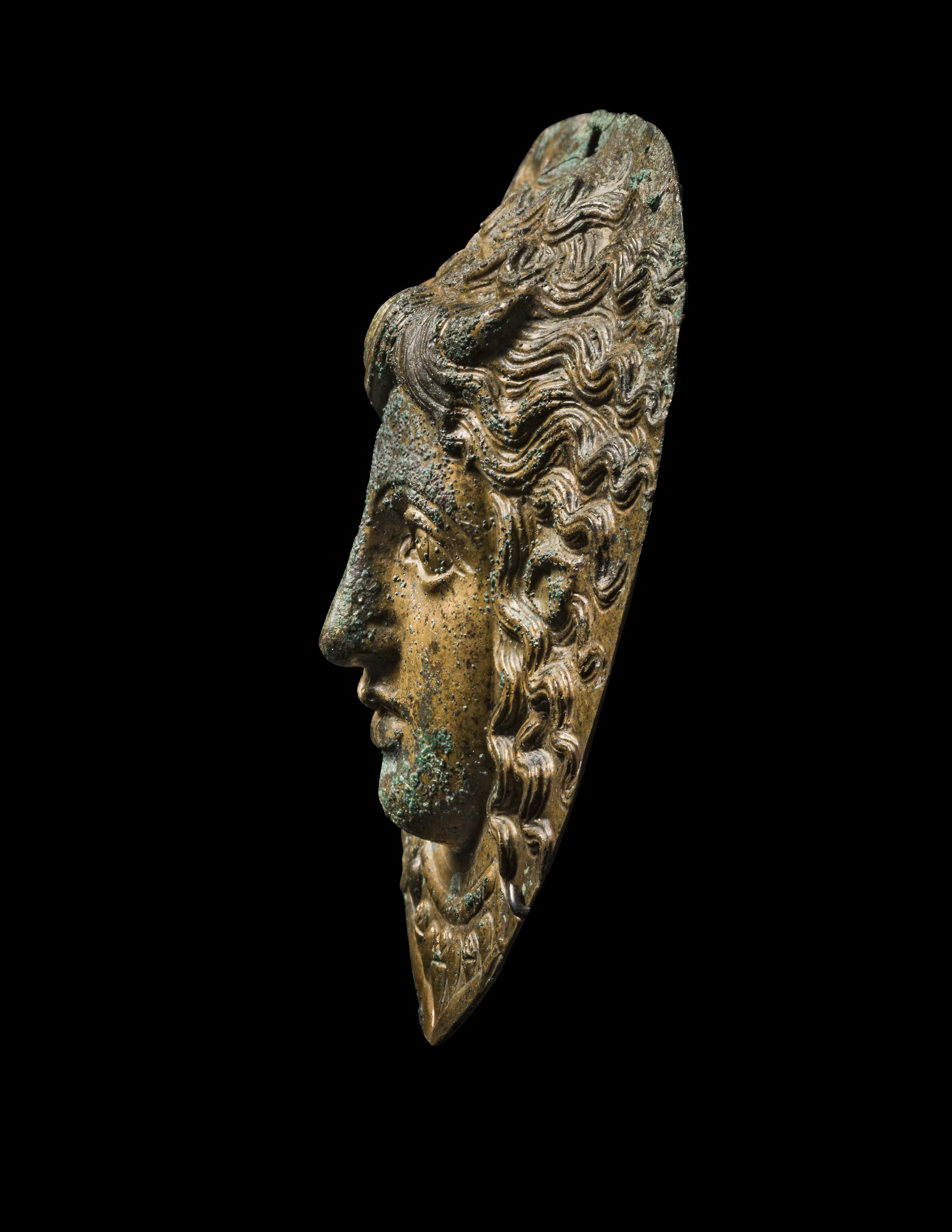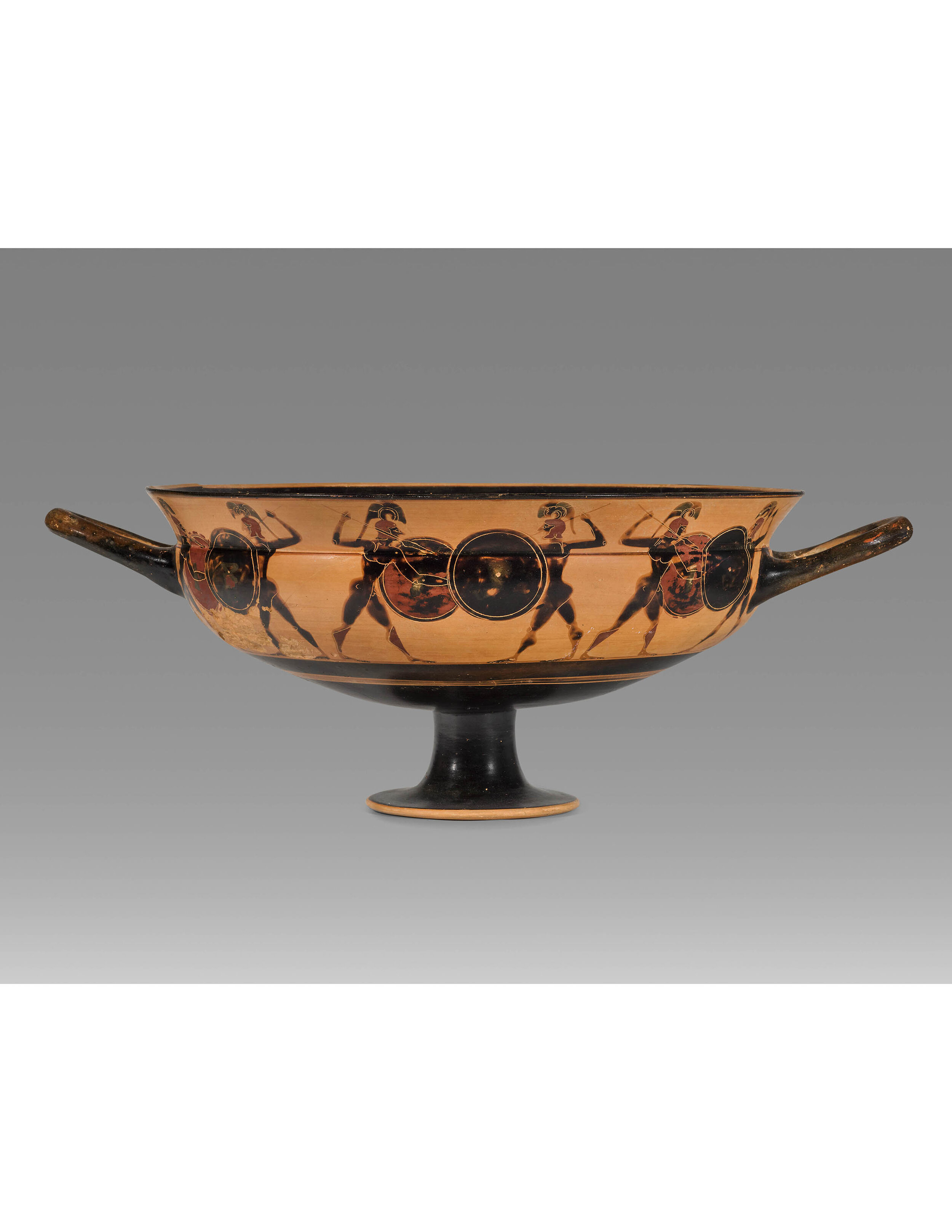Ancient Cycladic Marble Idol of the Louros Type


Ancient Cycladic Marble Idol of the Louros Type
Greek, Cycladic, ca. 2800-2700 B.C.
Marble
H: 13.1 cm (5.15 in)
PROVENANCE: Ex- Paul Eluard private collection.
Serial No: 18298
In an attempt to systemize all existing material of the Early Bronze Age, the scholarship of the Cycladic sculpture recognizes a few specific types in the representation of a nude human figure (their names derive from the geographical spots, where the characteristic figurines were found). This particular “idol” is assigned to the Louros type (after Louros on the island of Naxos, but other examples are also known from Paros and Antiparos) which is regarded as transitional between the standing Plastiras, abstract violin figures and the reclining folded-arm figures. The Louros figures are upright standing, usually small in dimensions, rather schematic and flat in form. From the limbs of the human body, the legs are clearly and separately modeled with the emphasis on anatomical parts: thighs, knees, calves, and feet. The arms are reduced to stumps at the shoulders (most probably, such schematic form represents the folded arms). The legs and the torso are kept in the accordance with the proportions of a human body; as a contrast, the cylindrical neck is extremely long and exaggerated; it terminates with rather schematic, somewhat triangular head, where no facial features are rendered. The figure should be a female image as the pubic triangle is indicated by the incision line.
It is possible that the figurines might have some religious/cultic function and could be considered as gods and goddesses. Other theories represent them as companions or servants of the dead, or even toys. None of the theories could be confirmed as documental. The archaeological evidence does not present any clue of how such figures were employed in the domestic or cultic context (although there is no precise evidence of a shrine or temple), if there was any kind of a base or support employed to keep them in the upright position. If placed vertically, they would be leaning against the wall, or an object, as no figure could properly stand on its toes.
CONDITION
Missing are broken head, right feet, lower left leg and feet; encrustation; a few scratches; drilled holes in the neck and left leg for modern repair (not preserved).
BIBLIOGRAPHY
DOUMAS CHR.G., Cycladic Art: Ancient Sculpture and Cearmics of the Aegean from the N.P. Goulandris Collection, Washington, D.C., 1979, pp. 46-47, nos. 31-33.
GETZ-PREZIOSI P., Early Cycladic Art in North American Collections, Richmond, Virginia, 1987, pp. 138-144, nos. 11-16.
MARTHARI M., RENFREW C., BOYD M., eds., Early Cycladic Sculpture in Context, Oxford, 2017, pp. 78-79, 327-329.
THIMME J., ed., Art and Culture in the Cyclades in the Third Millennium B.C., Chicago, London, 1977, pp. 63-64, 236-240, 442-445, nos. 80-94.








